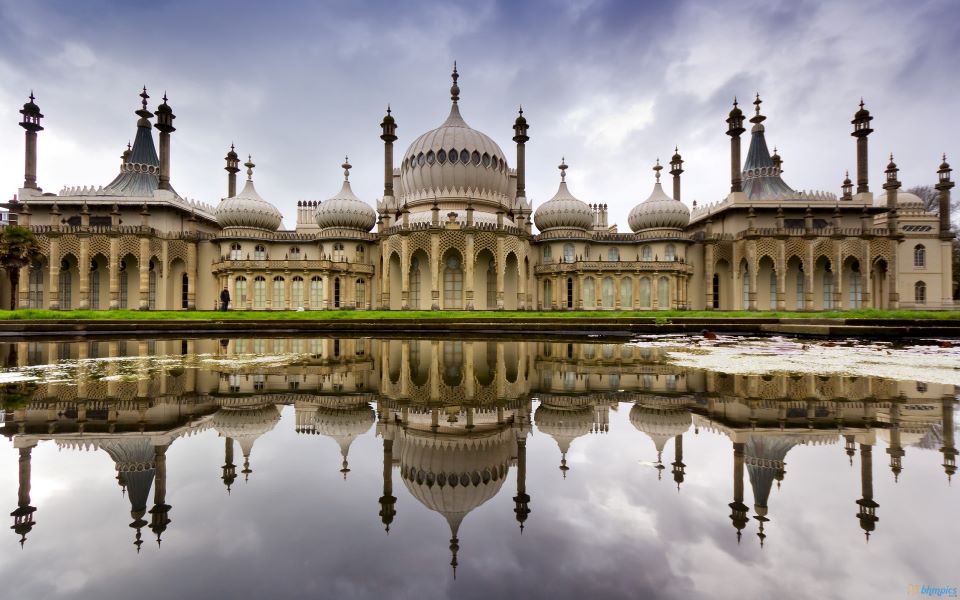Mali, or
Republic of Mali, a country of western Africa. It is bounded by Algeria, Niger,
Burkina Faso, Côte d'Ivoire, Guinea, Senegal, and Mauritania. The area is
nearly 479,000 square miles (1,240,000 km 2). Maximum dimensions are roughly
1,000 miles (1,610 km) north-south and 1,050 miles (1,690 km) east-west.

Facts in brief
about Mali
Capital:
Bamako.
Official
language: French.
Area: 478,841
mi2 (1,240,192 km2). Greatest distances—east-west, 1,150 mi (1,851 km);
north-south, 1,000 mi (1,609 km). Coastline—none.
Elevation:
Highest—Hombori Tondo, 3,789 ft (1,155 m) above sea level; Lowest—75 ft (23 m)
above sea level, at the western border.
Population:
Current estimate—14,724,000; density, 31 per mi2 (12 per km2); distribution, 69
percent rural, 31 percent urban. 1998 census—9,790,492.
Chief
products: Agriculture—cassava, corn, cotton, livestock, millet, peanuts, rice,
sorghum, sugar cane, yams. Fishing—carp, catfish, perch. Manufacturing—food
products, leather products, textiles. Mining—salt, gold.
Flag: The flag
has three vertical stripes of green, gold, and red (left to right). The stripes
symbolize devotion to a republican form of government and the Declaration of
the Rights of Man.
National
anthem: "A Ton Appel Mali" ("At Your Call Mali").
Money: Basic
unit—CFA franc. CFA stands for Communaute Financiere Africaine (African
Financial Community).
Physical
Geography
Mali is a
country in western Africa.
Northern Mali
lies largely in the Sahara, the vast desert that spans northern Africa. The
central section occupies part of the Sahel, a steppe area bordering the Sahara.
Southern Mali is a more humid region of savannas, where most of the people
live. Most of Mali is flat. Notable exceptions include the Hombori Mountains,
in east-central Mali, and the Adrar des Iforas, a mountainous region in the
northeast. The country's highest elevation is 3,789 feet (1,155 m), in the
Hombori Mountains.
Mali's chief
rivers are the Niger and the Senegal; both are in the south. The Niger is
especially important because of productive agricultural land along its course.
Daily high
temperatures during the hot season (March through June) often exceed 100° F.
(38° C). Daily high temperatures during the cool season (November through
February) rarely exceed 85° F. (28° C.).
Little or no
rain falls in the Sahara; as much as 55 inches (1,400 mm) a year occurs in the
far south, virtually all of it during June through October.
Economy
Mali is one of
the poorest countries in the world. Its economy is little developed and is
based primarily on farming and the raising of livestock. Farming is mostly of
the subsistence kind; major crops include millet, sorghum, rice, sugarcane,
corn, peanuts, cassava, and cotton. Herding throughout much of the country is
nomadic. Devastating droughts periodically occur.
Fishing is
carried on extensively in the Niger River. Minerals produced include gold,
salt, phosphates, bauxite, copper, iron ore, manganese, and uraniumm.
Manufacturing consists mainly of food processing and the production of
textiles.
The Niger and
Senegal rivers are the chief arteries of transport. A railway links Mali and
Senegal. Roads are mainly in the Niger valley. There is local air service, and
Bamako has an international airport.
People and
Government
The people in
the north, which include desert nomads, are mainly Tuareg (a Berber people) and
Moors. The people in the south are mainly of black African ancestry; the
largest ethnic groups are the Bambara, Fulani, and Senufo. About 80 per cent of
the population is Muslim; 18 per cent, animist; and less than 2 per cent,
Christian. French is the official language, but indigenous languages
predominate.
Primary
education begins at age seven and lasts six years. Secondary school lasts six
years. There are several institutions of higher learning, but many of Mali's
students receive their university education abroad. About 30 per cent of the
people are literate.
Bamako, the
capital, is Mali's largest city. Other cities include Ségou, Kayes, Mopti, and
Sikasso.
Under the
constitution of 1992, Mali is a republic headed by a president, who is elected
for a five-year term. The president appoints the premier and cabinet. The
147-member legislature is the National Assembly, whose members are elected for
five-year terms.

No hay comentarios:
Publicar un comentario